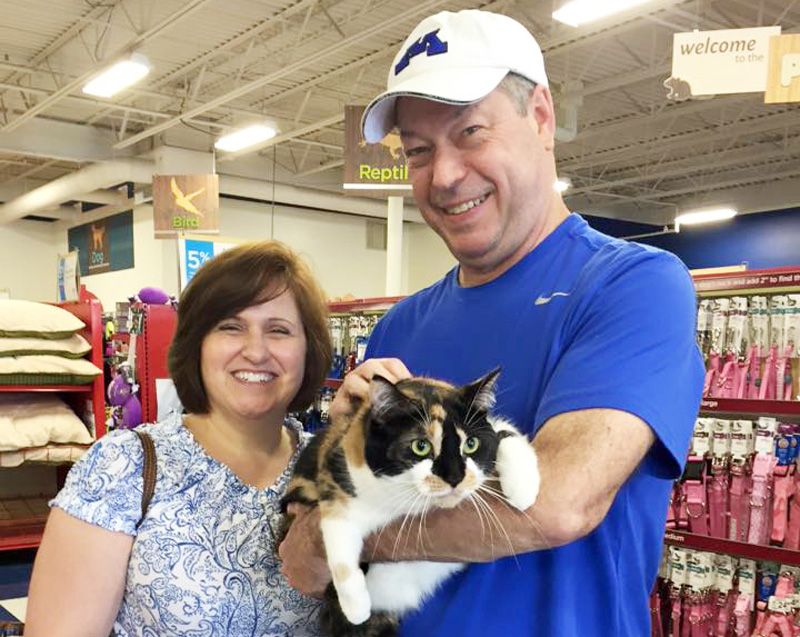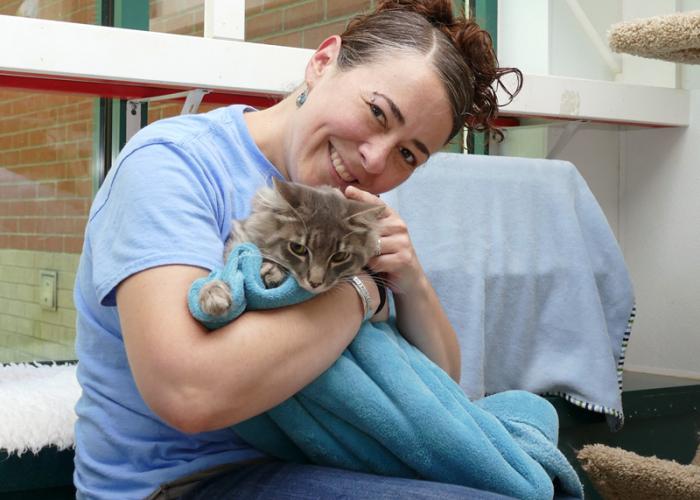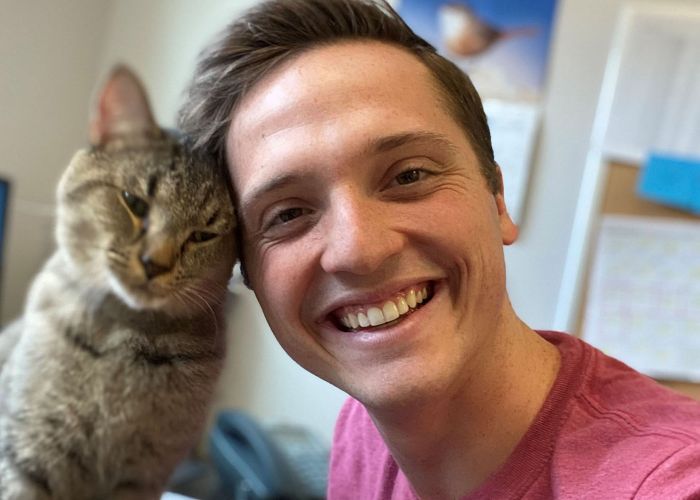Wages of success
Shucking your “all-volunteer” identity can be a smart investment in your organization’s long-term survival and impact
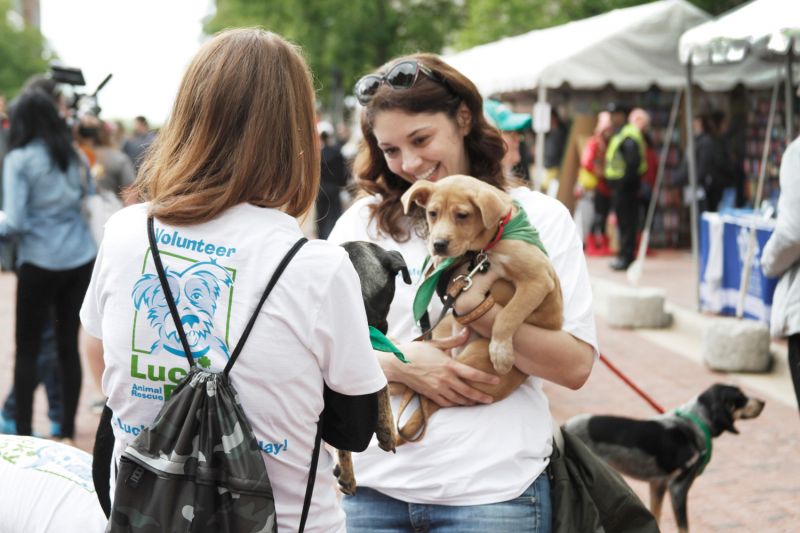
No one who knew her was surprised when Britney Wallesch started a rescue group.
She’d always had a soft spot for dogs, especially the harder-to-adopt ones, and spent years volunteering for rescue and spay/neuter organizations in Texas and Colorado. After she moved back to Wyoming, it didn’t take long before she decided that the dogs in her home state needed help, too.
Launched in 2008, Black Dog Animal Rescue (BDAR) started with two volunteers—Wallesch and a friend she convinced to serve as a foster home. She named the organization after her dog Kajsa, whose nickname is “Black Dog,” and envisioned an organization that would foster and find homes for dogs who, because of size, looks or behavior issues, shelters would have a hard time placing.
“I wanted to create something fresh and innovative and exciting,” she says.
Four years later, the Cheyenne-based nonprofit seemed to be fulfilling its promise. It had grown from two volunteers who placed 35 dogs the first year to a network of 70 volunteers who fostered and adopted out more than 400 dogs annually.
But success came with a price.
Wallesch and other core volunteers were devoting 40 to 60 hours a week to keep up with the workload, and tasks for BDAR were seeping into Wallesch’s full-time job as a receptionist at a local hospital. She spent more and more time on hospital computers, emailing volunteers and other rescue contacts. “I had a personnel file at the hospital an inch thick because of abuse of their internet policy,” she says.
There was never enough time: Not to return all the calls and emails, to raise money, to coordinate adoption events, to support the volunteers or to take care of the dozens of administrative tasks required to keep an organization running.
“People in the public were starting to feel we were a nonresponsive organization,” Wallesch says. “We were fielding a lot of complaints … putting out a lot of fires and doing damage control, and that was adding to an already overburdened pace.”
BDAR had come to a crossroads. It could either reduce the number of animals helped to a manageable level, or it could invest in the organization in a new way—by hiring someone to oversee the operations.
There was only enough money in the budget to pay someone for 15 hours a week, so Wallesch took a leap of faith. She quit her hospital job and became BDAR’s executive director. She gave up her medical and retirement benefits, and worked full-time on a part-time salary for the first year. But the gamble paid off.
“As soon as I was available to the organization full time, things just got exponentially better very quickly,” she says.
Now she had time to meet donors for lunch and speak to local civic groups about the organization’s work. She developed policies and best practices, streamlined processes, networked with other local animal organizations and created a long-term business plan.
“If all you’re doing is going home from work and answering 500 emails from people who want to adopt your pets,” she says, “you don’t have time to do any of those other things.”
In the nearly four years since she made BDAR her full-time job, the organization has tripled its budget and added two staff members. They’re all paid full-time salaries now, and Wallesch hopes to add other employee benefits in the near future.
The group continues to rely heavily on volunteers, but a small cadre of paid staff has enabled it to help more animals in new ways. Last year, BDAR added a cat adoption program and a behavior training program for foster dogs. It partnered with a nearby prison to provide dogs for an inmate handler program, and it was recently asked by another state prison to form a similar partnership.
“We certainly wouldn’t be able to screen dogs, transport them, evaluate them, vet them, all that stuff, if we didn’t have staff to do that,” Wallesch says. “… We’re looking at 200 additional dogs a year we’ll save because of those two programs.”
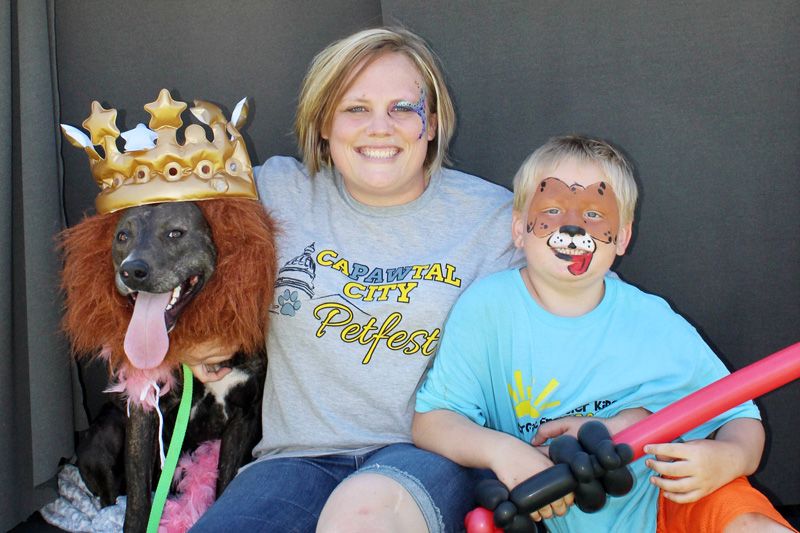
Reality check
In animal welfare circles the term “rescue group” has long been associated with all-volunteer organizations. The association is so strong, says Wallesch, that “we’ve had people lob criticisms that we’re not a ‘real rescue’ because we have paid staff. … That somehow our hearts aren’t really in it because we’re getting paid to do it.”
But the expectation that rescue groups be run solely on volunteer power is changing, says Abby Volin, public policy manager for The HSUS. “I’ve seen a growth in the past three or four years in the number of rescue groups that are finally somehow managing to get some positions paid so they at least have a full-time executive director.”
It’s a trend that Volin expects to continue as more rescue groups work to have a bigger and more strategic impact. “Saying that you’re all-volunteer, people usually say that with such a sense of pride, and I understand why. The amount of work volunteers can accomplish is often amazing,” she says. On the other hand, “when you think of the turnover and level of burnout in rescue groups, it’s really astounding.”
As a volunteer for several rescue groups over the past nine years, Volin has seen the toll it can take. “There was a day where I was scrubbing cat cages in a Petco store and just bursting out in tears because the volunteer who was supposed to take that shift never showed up, and I got a frantic call and now I was going to be late to work. There’s only so much you can take when you have so many other duties to your paying job, your friends, family and pets.”
Run by a revolving door of volunteers scrambling to handle the day-to-day operations, too many organizations can’t build the infrastructure needed for stability and growth. Long-term planning, financial oversight and community engagement are luxuries that no one has time for. Some organizations do create a solid foundation and experience impressive growth, but they’re often overly dependent on a handful of volunteers—and thus vulnerable to falling apart if someone moves, changes jobs, falls ill or simply burns out.
That was the dilemma Lucky Dog Animal Rescue faced two years ago. Founded in 2010, the nonprofit based in the Washington, D.C., metro area had grown to more than 2,200 volunteers, all working to transport, foster and find homes for more than 1,300 dogs a year.
While other volunteers also took on large administrative roles, the founder, Mirah Horowitz, was the glue that held it all together. She spent 60-plus hours a week on rescue work; her home served as the organization’s unofficial office and storage space.
Then Horowitz began to get more responsibility in her full-time job as an executive recruiter, leaving her less time to devote to rescue work. And she wanted to move back to California to be near her family. “I think I fall into the category of many, many people who start these rescues without thinking it through,” she admits.
Lucky Dog eventually hired two full-time operations managers and later added two part-time positions for roles that had high burnout rates among volunteers. It’s worked out well, says Horowitz, but the transition took time. Horowitz herself had to learn how to “let go of the reins a bit.”
“I had to realize that Lucky Dog is not me, and I’m not Lucky Dog,” she says. “And when you put in as many hours as I did for over five years, that’s a really hard thing to grapple with.”
Now living in California, Horowitz continues to serve as the volunteer executive director. She devotes several hours a day to the organization and flies back to D.C. every three weeks. But it’s more manageable now. And she knows that, with or without her, Lucky Dog will continue.
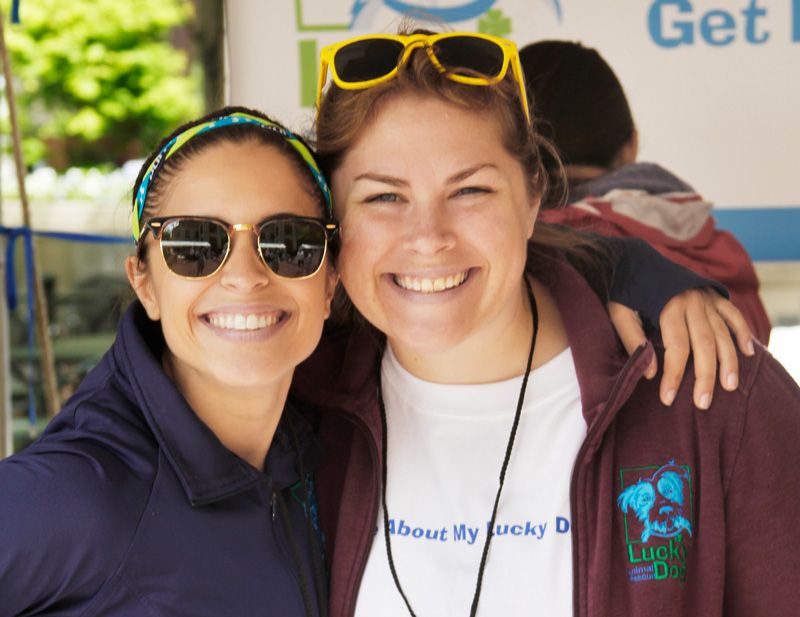
Economies of rescue
For most rescue groups, the biggest obstacle to hiring staff is, of course, the expense. With someone’s livelihood on the line, an organization needs a solid plan for meeting its payroll obligations.
At BDAR, Wallesch was able to work for what the budget allowed until the group’s fundraising capacity increased. But most nonprofits will need to approach the hiring process “with a business lens,” says Vernetta Walker, chief governance officer with BoardSource, a national organization that works to strengthen nonprofit leadership. That includes determining an appropriate salary and figuring out where the money is going to come from. “If they just have three months of pay in the bank, that’s not realistic,” Walker adds.
Hiring staff can also require a mental shift among a group’s leaders. For an organization that has long worn its “all-volunteer” status on its sleeve, that prides itself on the fact that 91 percent of its income goes to direct animal care, adding a salary to its administrative expenses can seem like a step backward, even a disservice to its donors.
But overhead alone says little about a charity’s effectiveness, says Walker. While every public charity has a duty to use donor funds wisely, minimizing overhead shouldn’t overshadow the organization’s true goal, which is to fulfill its mission.
“It’s what we call the overhead myth,” Walker says. “… It’s a false premise to think that all organizations are going to operate at 10-percent overhead. Let’s look at what the organization is doing and their impact and what they’re accomplishing. So if you have to pay some overhead and expenses to really have two or three times the impact that you could have [with] an all-volunteer staff, doesn’t that make sense?”
Catherine Edwards, executive director of PetConnect Rescue in Potomac, Md., learned from experience that the money spent on a salary can eventually “come back in different ways.”
When Edwards was hired by PetConnect, she discovered that the all-volunteer team was focused on animal care, not paperwork or expense controls. She created an expense approval process, rigorous recordkeeping and accountability for paperwork. The organization was then able to undergo an independent audit every year, which allowed it to qualify for grants and other funding sources that weren’t an option in the past.
Better financial oversight is just one of the ways that a paid staffer can help an organization professionalize its operations, says Walker. And that can yield another critical payoff: creating an environment that attracts free labor.
As Horowitz describes it, having staff to handle the business side of Lucky Dog’s operations “allows volunteers to do the stuff they care about, that energizes them and that they’re willing to put the time into.”
At PetConnect, a centralized leadership structure and defined volunteer roles have greatly reduced the unnecessary drama that once prevailed in the organization. “We’ve done a very good job of removing that,” Edwards says. “That’s what burns people out.”
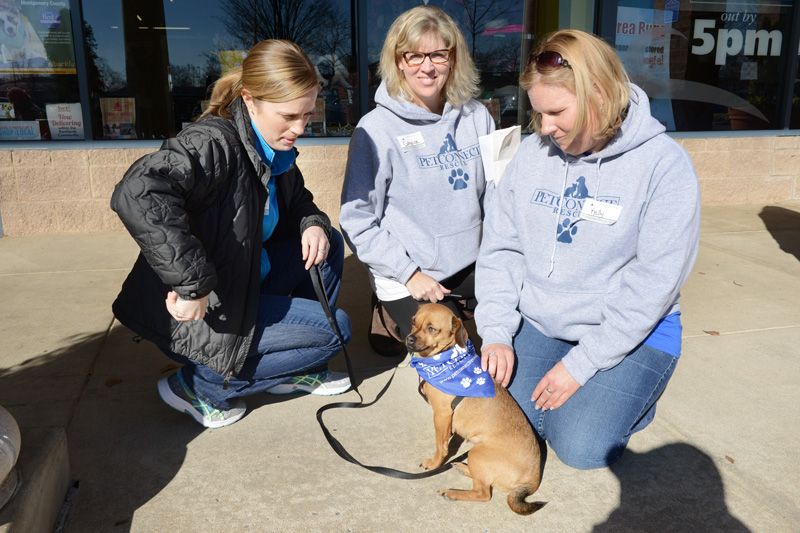
More than a paycheck
With all the benefits the right staffer can bring to a rescue group, even the most talented leader can’t singlehandedly turn a stagnant or failing organization into a powerhouse, says Walker. The change starts with the board members, whose duties include setting goals, hiring a qualified person to execute them and supporting that person during a potentially rocky transition period.
When Mandi Wyman began working as executive director for the Carver-Scott Humane Society (CSHS) last fall, she entered an organization that for most of its 27 years operated with no paid staff. CSHS—a foster-based rescue in Chaska, Minn.—had stood the test of time, but the number of animals it helped had remained static, averaging 250 to 300 each year. A strategic plan for increasing the organization’s impact had been sitting on a shelf for two and a half years.
“All the board members had full-time jobs,” says Bev Fiedler, a longtime board member. “It was hard to feel like we were getting anything accomplished.”
Wyman was tasked with ushering in an era of growth. She has since restructured volunteer roles for better efficiency and less stress, launched a computerized system for tracking data, improved financial oversight and implemented a range of better business practices.
“The board has been very supportive …” says Wyman. “They’re letting me do what needs to be done to give us a better base.”
Not all the changes have been easy. Several longtime volunteers who were used to doing things their own way and disliked the new “businesslike approach” have left the organization, says Wyman.
It was tough to lose volunteers, Fiedler says, but Wyman and the board continue to push forward, building the foundation for a higher-impact organization that people will want to support with their time and money.
Over the past eight months, CSHS has added a storefront adoption center and launched a community cat spay/neuter program. Wyman is recruiting new volunteers and foster caregivers and hopes to hit 400 adoptions this year.
“We’re already seeing an increase in the number of animals we’re able to help,” says Fiedler. “We want to be in a position to help more animals in the future.”
